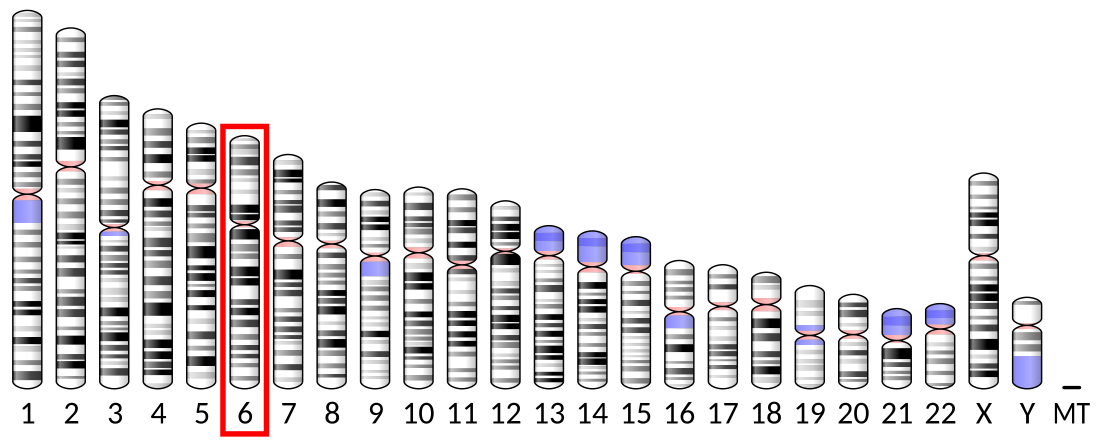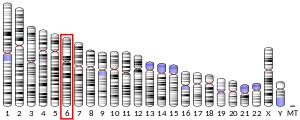NHLRC1
Protein-coding gene in the species Homo sapiens From Wikipedia, the free encyclopedia
NHL repeat-containing protein 1 is a protein that in humans is encoded by the NHLRC1 gene.[5][6]
See also
References
Further reading
External links
Wikiwand - on
Seamless Wikipedia browsing. On steroids.





